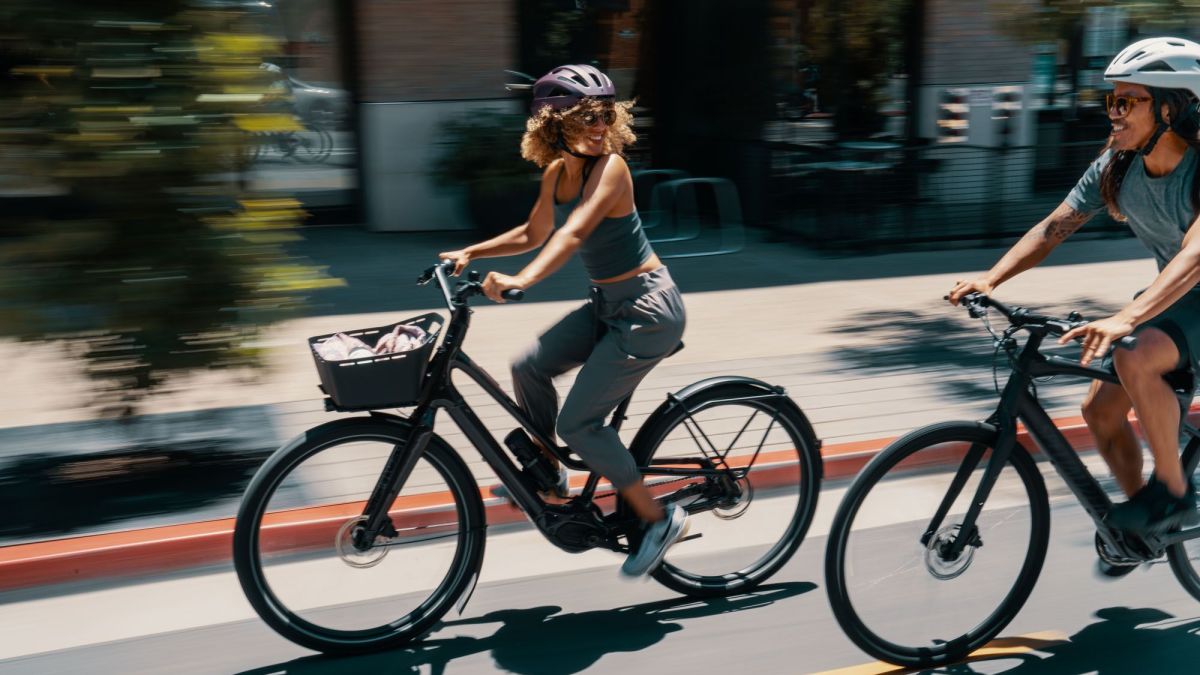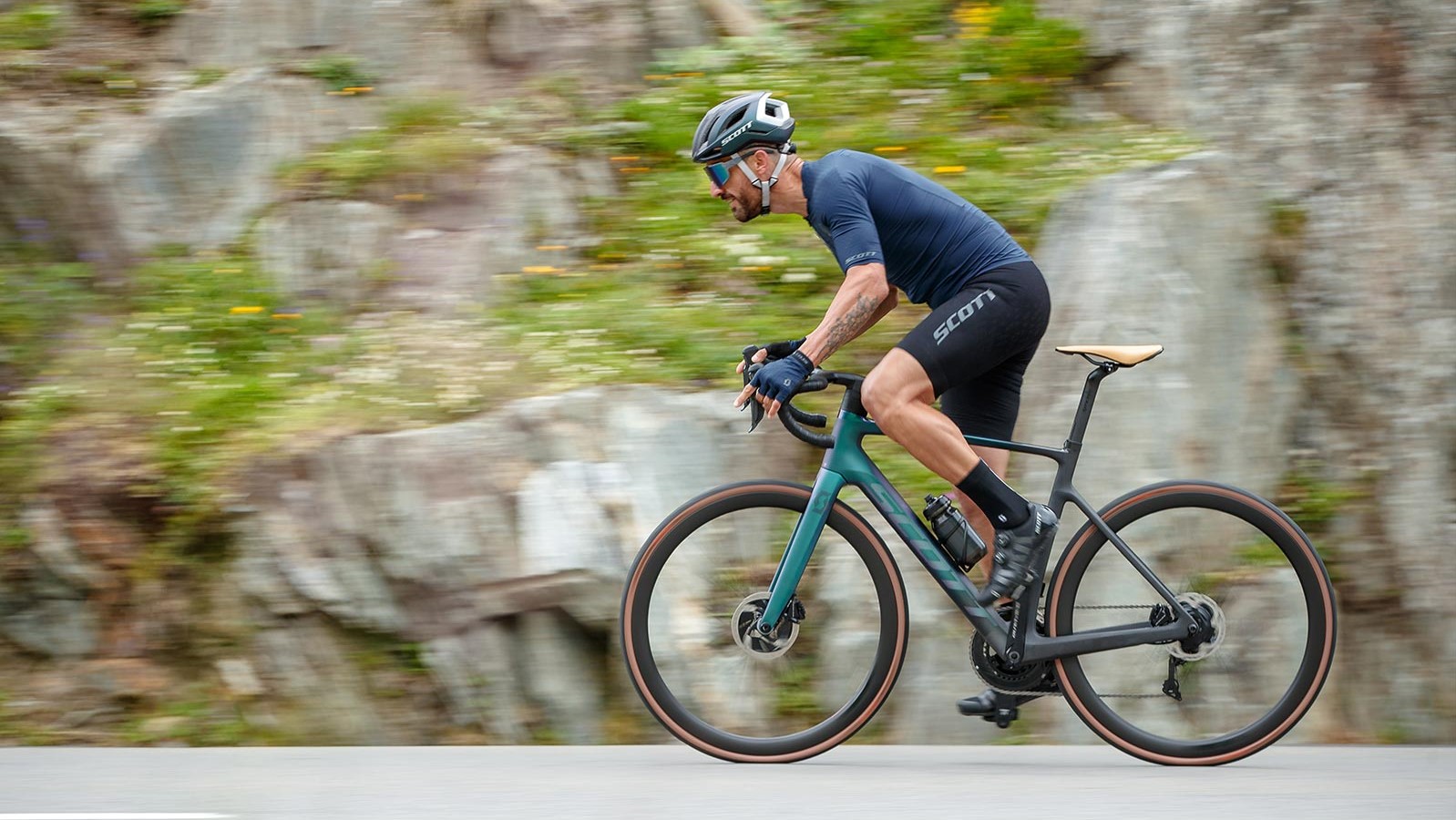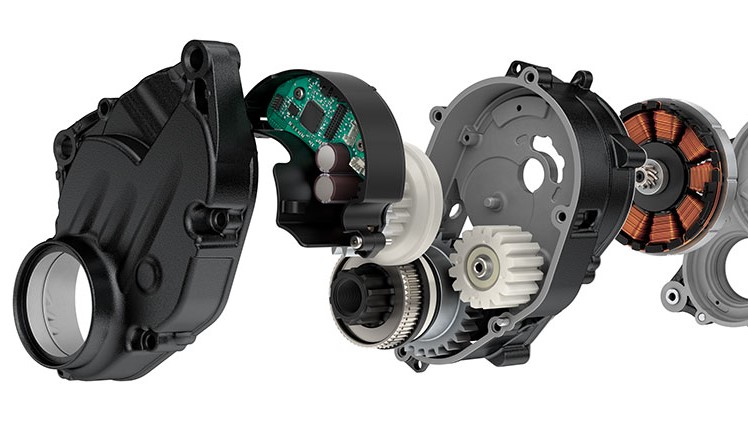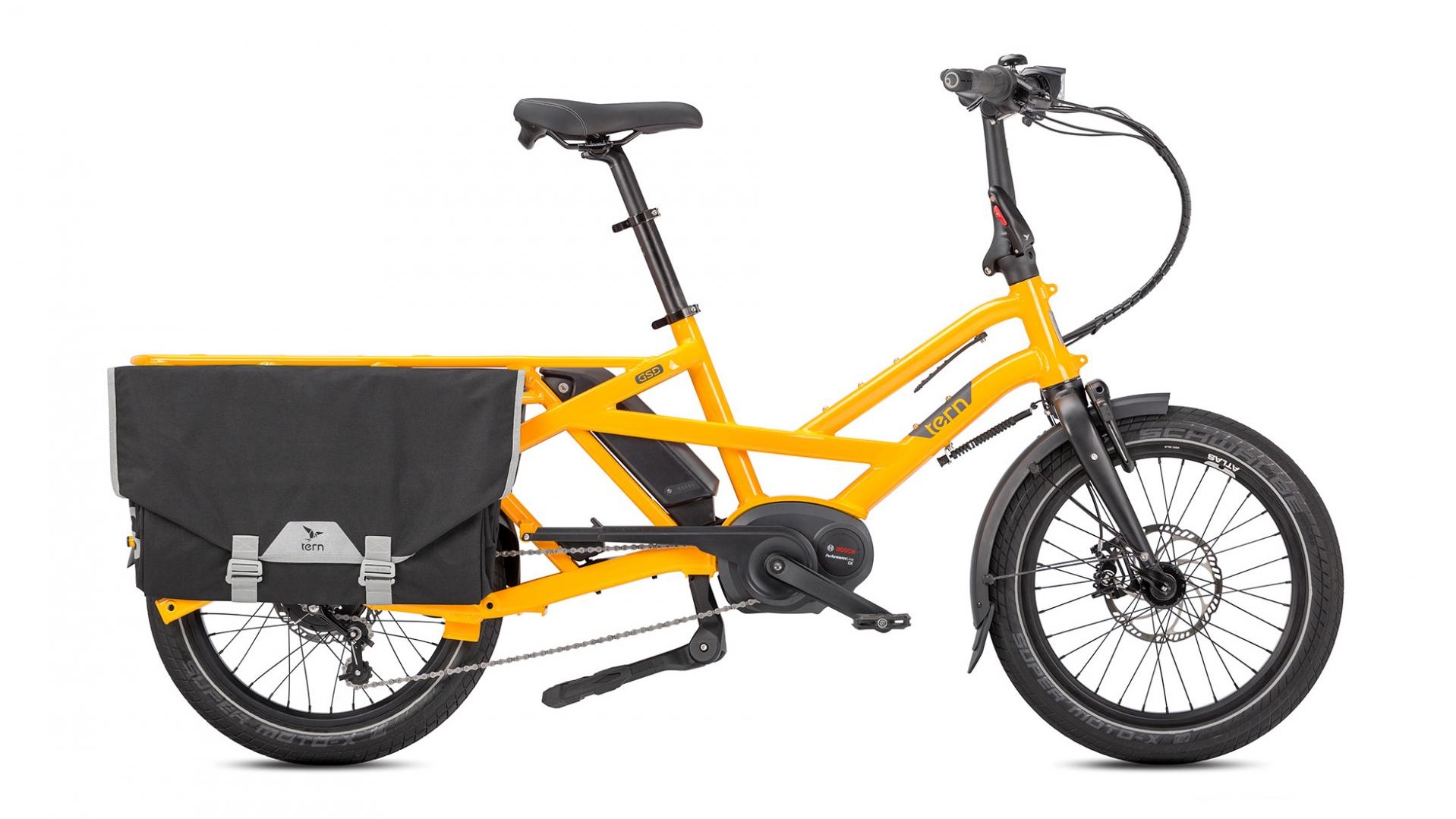Do electric bikes charge when you pedal?
You love riding an e-bike, but why can't it harness and store energy on the move?

With the increased number of people riding e-bikes, riders are now thinking in a more independent way about managing battery capacity and range – and at a certain point, that thought experiment turns to power regeneration and the question of whether electric bikes charge when you pedal.
The rise in popularity of the best electric bikes seems to have triggered a wave of new energy awareness amongst cyclists, and many questions get asked, relating to everything you need to know about electric bikes.
For example, if an e-bike can help power you up a steep gradient, can it recapture some of that energy on the corresponding descent? And why don’t your disc brakes convert heat and friction energy to support battery capacity?

Retaining the feel of a bicycle
Understanding why an e-bike cannot be recharged when pedalling along is simple: it's a false economy.
The way that electric bikes are designed takes your pedalling input and turns it into forward motion just like a non-motorised bicycle, and the motor adds a level of assistance based on your output and chosen assistance setting. Firstly, it would be much less efficient to attempt to turn the power generated by your legs into battery power to then be used for forward motion later.
And secondly, to harness your power output for battery charging would need to remove it from propelling the bike, which would completely alter the feeling of the ride, as your power output would be disconnected from forward propulsion.
Where things become a bit tougher to grasp, is the issue of gradient-assisted regeneration. Why doesn’t your e-bike effectively harness energy when it is rolling downhill?
The latest race content, interviews, features, reviews and expert buying guides, direct to your inbox!
E-bikes are mostly configured as mid-drive or rear-hub assisted, relating to their motor placement. With a hub-drive motor, you can theoretically harvest the kinetic energy of an e-bike on overrun. Where things become tricky, is managing the engagement and disengagement of a regenerative system.

Mid-drive motors aren't dynamos
Any rider who has pedalled an e-bike will be familiar with how the electrical assistance engages and disengages, as required. It also completely decouples at a certain speed, depending which country you are riding in, and the local legislation governing e-bike use.
Designing a system to reengage would require an intricate direct drive system, with complicated clutch packs. Without being able to use the traditional freehub system, a rear-hub motor capable of regenerative energy harvesting would be massively expensive.
A true direct drive system would be like a fixie and those can be rather challenging to ride down really steep gradients. With mid-drive motors it can be even more challenging, as the wheels aren’t directly driven by the electrical assistance, with the chain and drivetrain being an intermediary.
Regenerative braking has theoretical promise, to recharge your battery whilst you are riding along, but there are a variety of factors that conspire against it.
Larger vehicles have a better regenerative braking coefficient. With the mass of a train or car, you have a much greater energy conversion through the braking system. The combined mass of a bike and rider is just too low, to generate adequate kinetic energy when braking.
Another issue is aero, where a significant amount of energy use is employed to overcome aerodynamic drag. This leaves less available energy for you to convert into a regenerative braking system.

Too many losses in energy transfer
The watts required to charge or top-up an e-bike battery are not insignificant. Charging your e-bike from an established electricity grid is relatively efficient, as a customer. By the same token there are meaningful efficiency and conversion losses by attempting to do the same, on a much smaller scale, whilst riding along.
Sustainable power sources like solar, wind or hydro, convert cleanly to electrical energy for your e-bike, the moment you plug it in. Spinning brake rotors being clamped, to convert kinetic energy to heat, and then trying to channel that into electrical storage at your battery-pack, is a false economy.
Cargo e-bikes hauling a heavy load? Theoretically, a loaded cargo bike could provide more rolling mass to generate greater friction and heat conversion, but it still won’t be nearly worth the investment in technology. And there is the additional energy use of powering it uphill.
With most frame designers preferring the mid-drive motor configuration for their e-bikes, there is insufficient scale to develop a proper regenerative braking breakthrough. With the recharging potential in single digit percentages, it’s just not worth it.
Lance Branquinho is a Namibian born media professional, with 15-years of experience in technology and engineering journalism covering anything with wheels. Being from Namibia, he knows a good gravel road when he sees one, and he has raced some of Africa’s best-known mountain bike stage races, such as Wines2Wales and Berg&Bush.